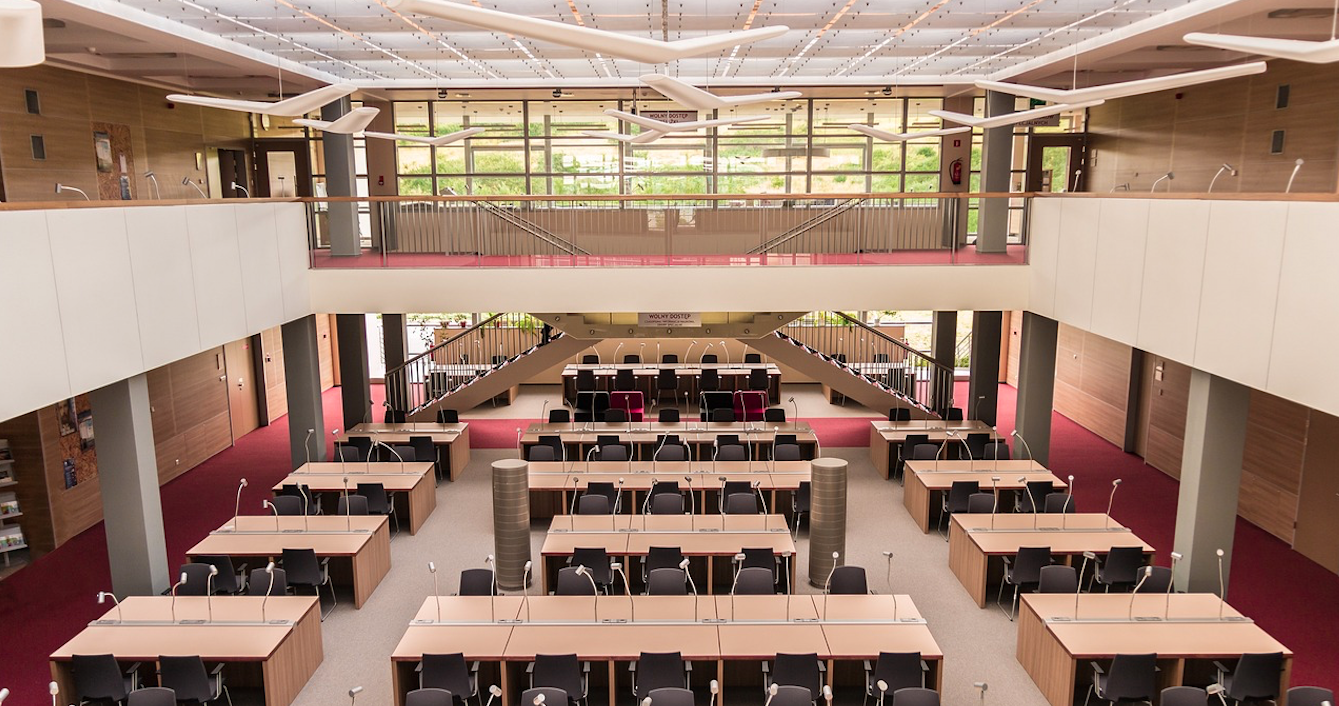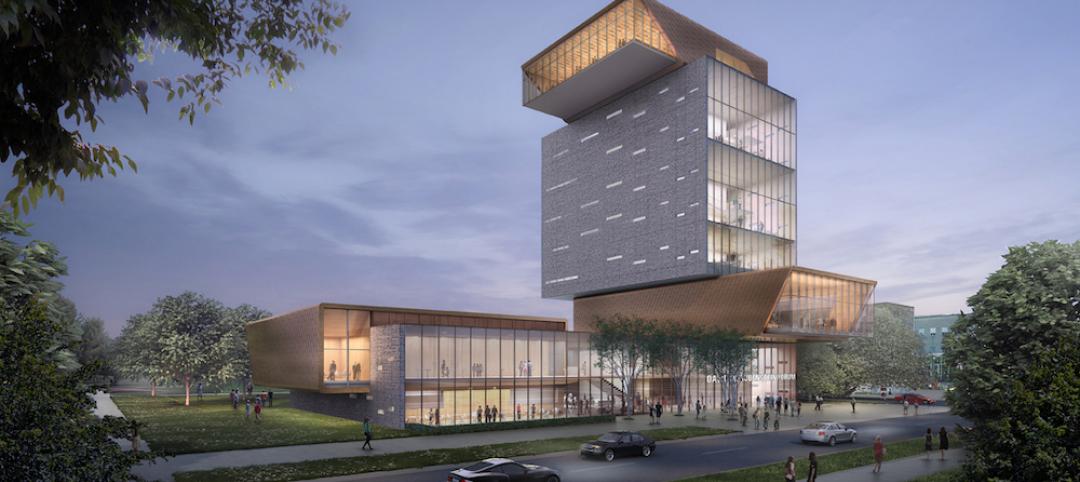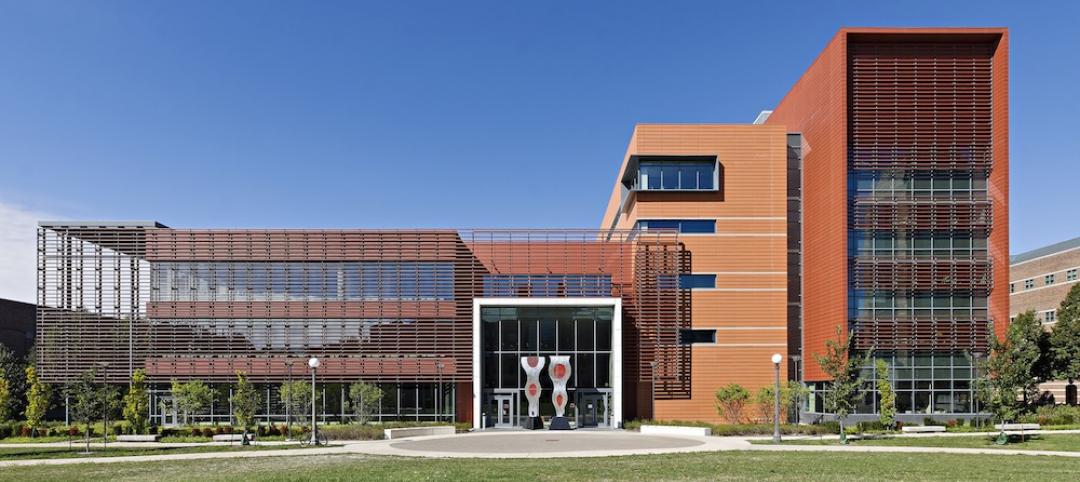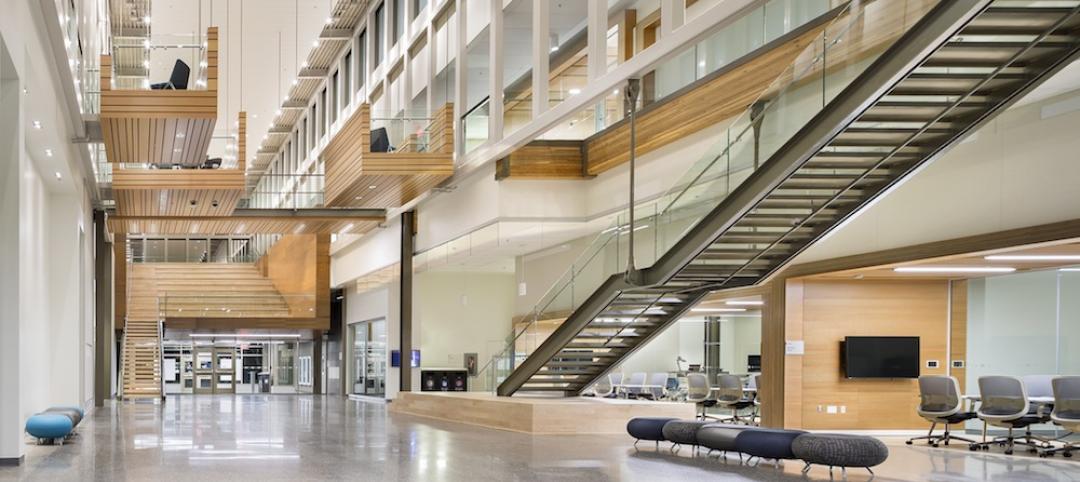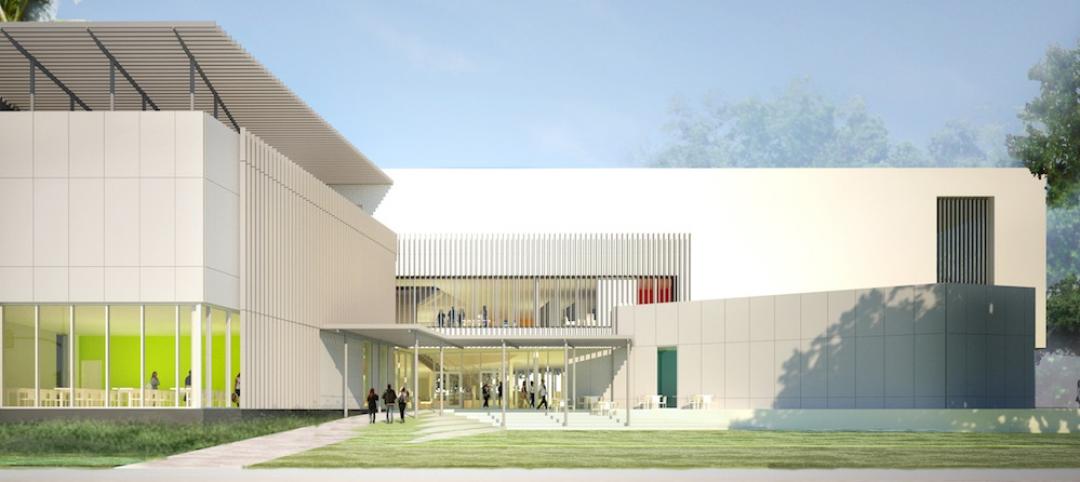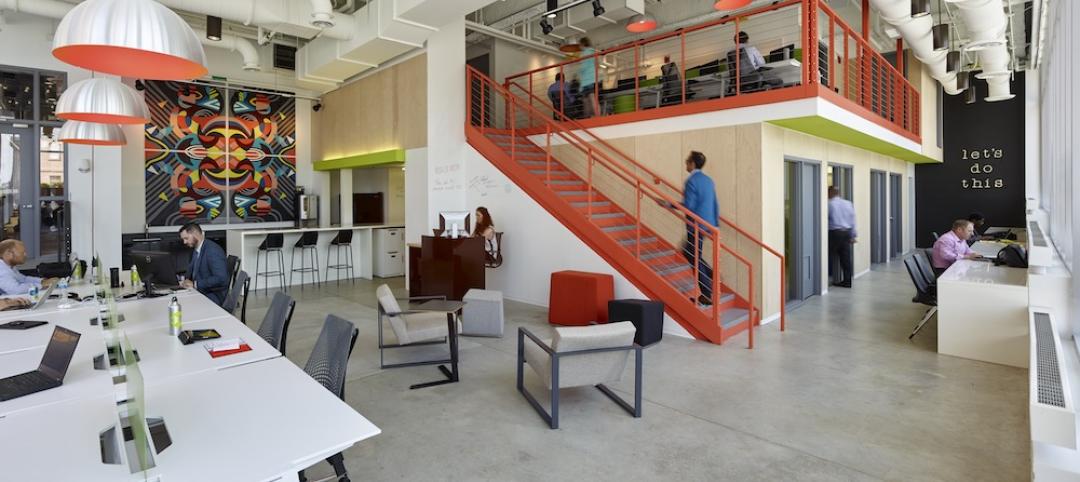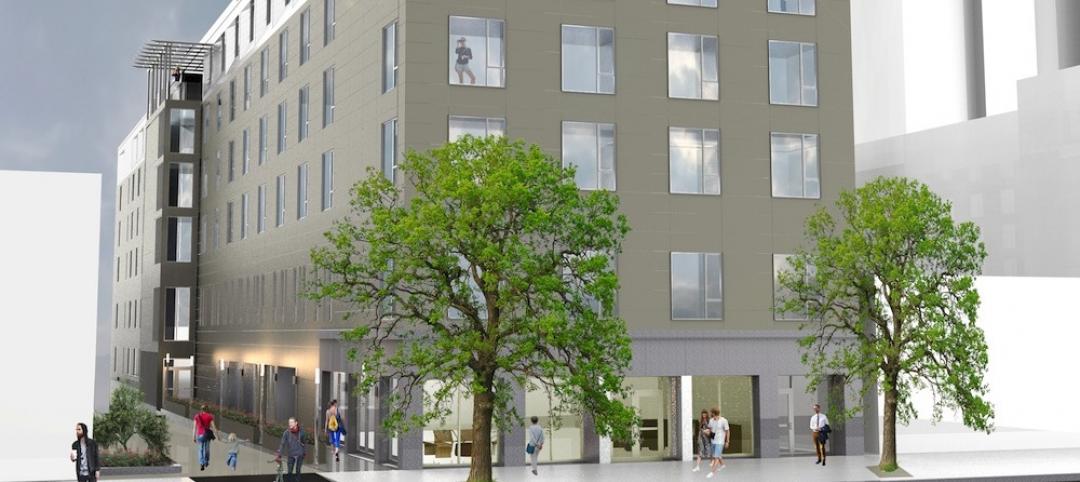Many North American colleges and universities are pursuing a high-risk strategy to build new campus facilities as a way to reverse lagging student enrollment, according to a new report from Sightlines, a Gordian company and a facilities intelligence and analysis firm focused on higher education institutions.
The 2017 State of Facilities in Higher Education report from Sightlines found that, overall, there was more than 10% growth in campus space from 2007-2016 (the most recent period for which data is available), eclipsing enrollment growth of just 8% for the same 10-year period. This is the fourth consecutive year Sightlines has documented a trend of space growth outpacing enrollment growth on North American college campuses.
“In light of the facilities management challenges facing higher education institutions—notably large segments of aging building stock and flattening if not declining enrollment trends—it’s extraordinary to see that many higher education decision-makers are choosing to add new buildings to their campuses,” said Mark Schiff, President of Sightlines. “While our research indicates that institutions are taking steps to invest more strategically in facilities resources, the vast majority continue to underestimate the renewal needs of deteriorating spaces while pushing high-risk investments into new facilities.”
The gap between space growth and enrollment growth is even more pronounced for master’s and baccalaureate institutions. Master’s institutions saw an average enrollment growth of less than 4% from 2007-2016, but a stunning growth rate in campus space of more than 12% over that same time period.
‘While our research indicates that institutions are taking steps to invest more strategically in facilities resources, the vast majority continue to underestimate the renewal needs of deteriorating spaces while pushing high-risk investments into new facilities.’
— Mark Schiff, Sightlines
Baccalaureate institutions have experienced minimal enrollment growth since 2007 but still averaged a 6% growth in campus space over the past decade. The only exception was research universities, where 14% enrollment growth from 2007-2016 exceeded an average of 11% growth in campus space for the same period.
Sightlines’ fifth annual report includes data from 366 higher education institutions in the U.S. and Canada, with a collective enrollment of 3.1 million students and 1.5 billion total square feet of campus space, including more than 52,000 buildings. Approximately 40% of the institutions in the study were private and 60% were public.
Other highlights in the 2017 report included the following:
• Campus facilities operations budgets have failed to keep up with inflation, creating stress on service levels. The report found that average campus facilities operating budgets rose from $5.51 in 2007 to $5.94 in 2016, a nearly 8% increase; the CPI-U as reported by the federal government over that time has grown nearly 15.5%, almost twice as much.
• A huge wave of campus facilities construction in the 1960s, which accommodated the surge in Baby Boomers, is reaching the end of its usefulness in the next decade, creating significant stress on institutions as to what to do with those buildings. This wave of aging buildings now represents 40% of the space on campuses.
• Another large wave of campus facilities construction in the 1990s-2000s will require massive maintenance outlays in the next decade, presenting a significant capital demand on institutions. This wave of further enrollment growth and expanding program demands represents another 30% of campus space.
• Many institutions are recognizing the expanding need for facilities maintenance resources and, since the downturn of 2008-09, have been increasing maintenance budgets to tackle the challenge. In fact, even in the face of tremendous space growth to match enrollment growth, facilities funding at research institutions is up 14%. While overall facilities funding levels are down from the 2007-2009 window where resources often effectively met need, funding at baccalaureate and master’s institutions has in recent years been on the rise.
• Oddly, institutions don’t extend this maintenance expansion trend to their landscape programs. In spite of the fact that landscaping is a relatively inexpensive place to invest operating dollars, grounds coverage areas have actually decreased 3-4% over the past decade.
“Given the demands of managing more space with fewer resources and at greater impact to the institution’s overall recruitment and retention goals, successful facilities departments are being pushed to develop creative responses to these challenges,” said Schiff. “Every campus we see developing effective solutions has in place programs to analyze objective data and utilize comparative metrics to track performance, communicate accomplishments and articulate needs to the community or leadership.”
Related Stories
Office Buildings | Jun 10, 2016
Form4 designs curved roofs for project at Stanford Research Park
Fabricated of painted recycled aluminum, the wavy roofs at the Innovation Curve campus will symbolize the R&D process and make four buildings more sustainable.
University Buildings | Jun 9, 2016
Designing for interdisciplinary communication in university buildings
Bringing people together remains the main objective when designing academic projects. SRG Design Principal Kent Duffy encourages interaction and discovery with a variety of approaches.
Building Team Awards | May 31, 2016
Gonzaga's new student center is a bustling social hub
Retail mall features, comfortable furniture, and floor-to-ceiling glass add vibrancy to the new John J. Hemmingson Center.
University Buildings | May 26, 2016
U. of Chicago approves Diller Scofidio + Renfro design for new campus building
With a two-story base and 165-foot tower, the Rubenstein Forum will have room for informal meetings, lectures, and other university events.
University Buildings | Apr 27, 2016
SmithGroupJJR’s Electrical and Computer Engineering Building named 2016 Lab of the Year
Sustainable features like chilled beams and solar screens help the University of Illinois research facility use 50% less energy than minimum building energy efficiency standards.
University Buildings | Apr 25, 2016
New University of Calgary research center features reconfigurable 'spine'
The heart of the Taylor Institute can be anything from a teaching lab to a 400-seat theater.
University Buildings | Apr 13, 2016
Technology defines growth at Ringling College of Arts & Design
Named America's “most wired campus" in 2014, Ringling is adding a library, visual arts center, soundstage, and art museum.
University Buildings | Apr 13, 2016
5 ways universities use new buildings to stay competitive
From incubators to innovation centers, schools desire ‘iconic gateways’ that appeal to students, faculty, entrepreneurs, and the community.
University Buildings | Apr 4, 2016
3 key trends in student housing for Boston’s higher education community
The city wants to add 18,500 student residence beds by the year 2030. CannonDesign's Lynne Deninger identifies three strategies that will help schools maximize value over the next decade or so.
University Buildings | Mar 15, 2016
Behnisch Architekten designs Harvard’s proposed Science and Engineering Complex
The 497,000-sf building will be the home of the John A. Paulson School of Engineering and Applied Sciences.


